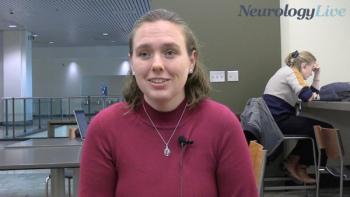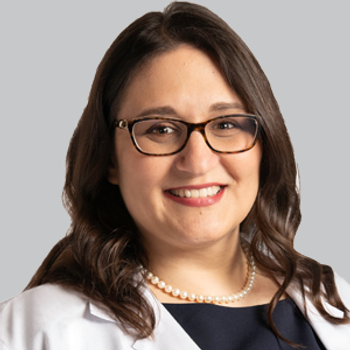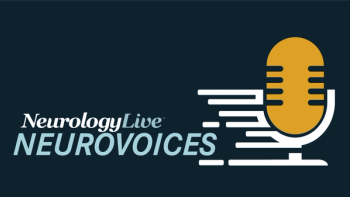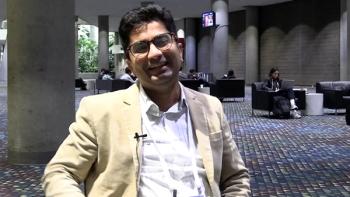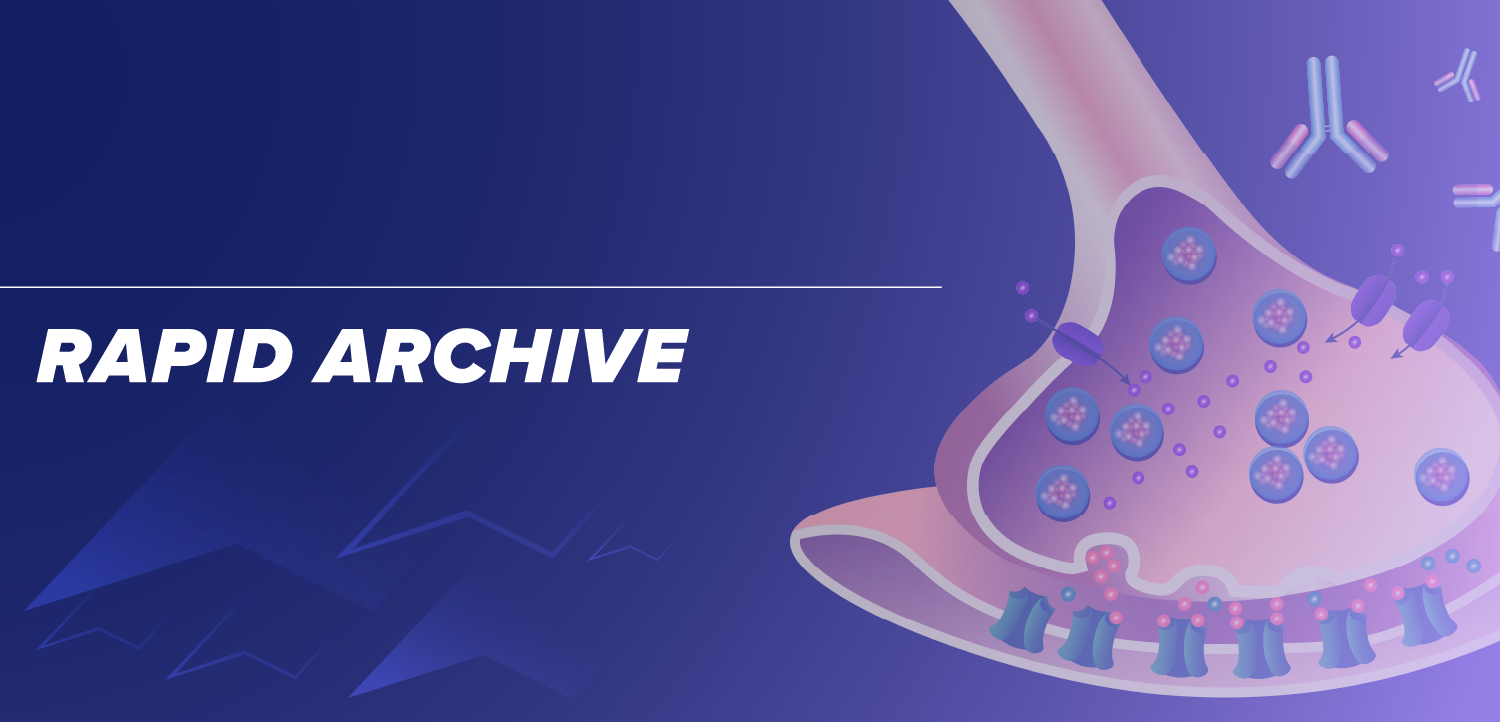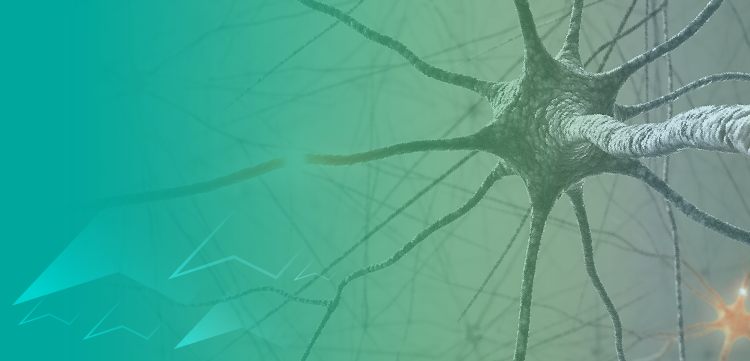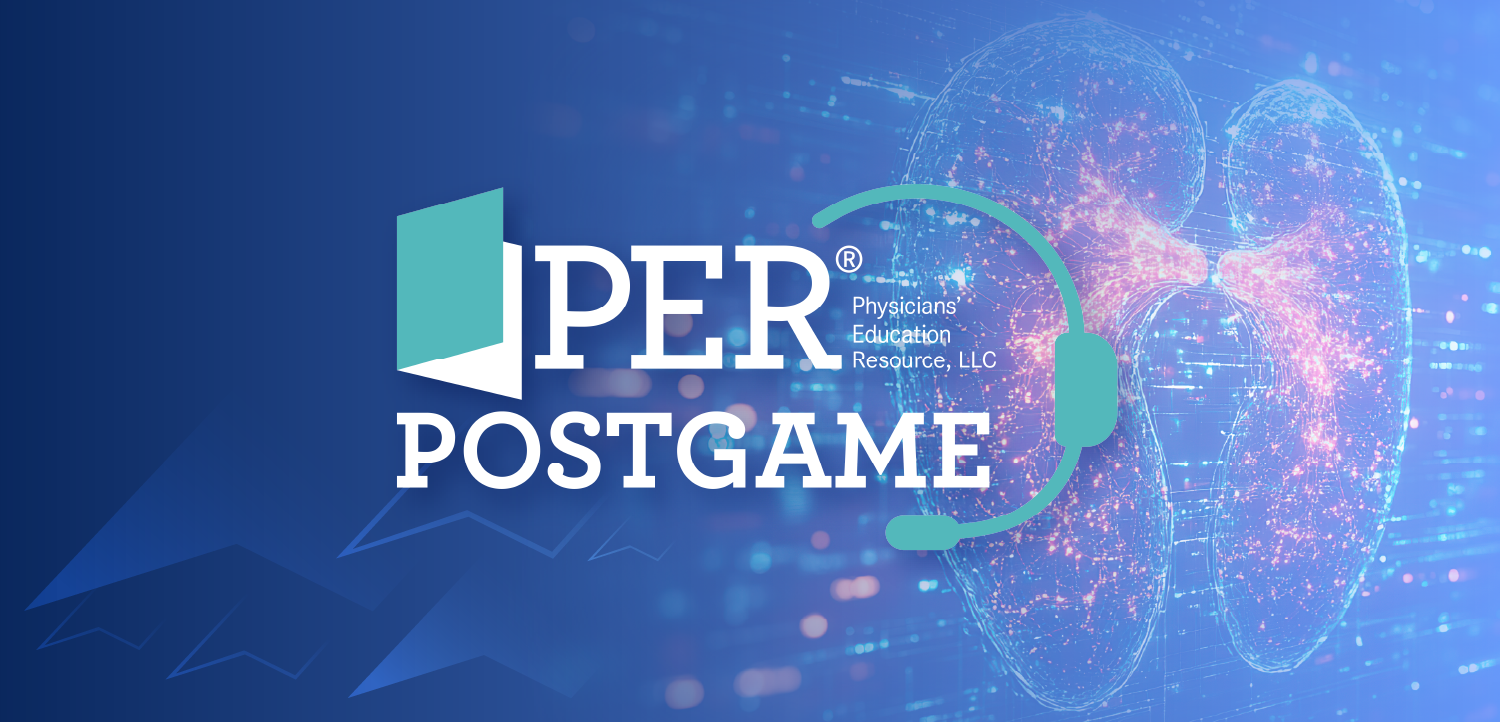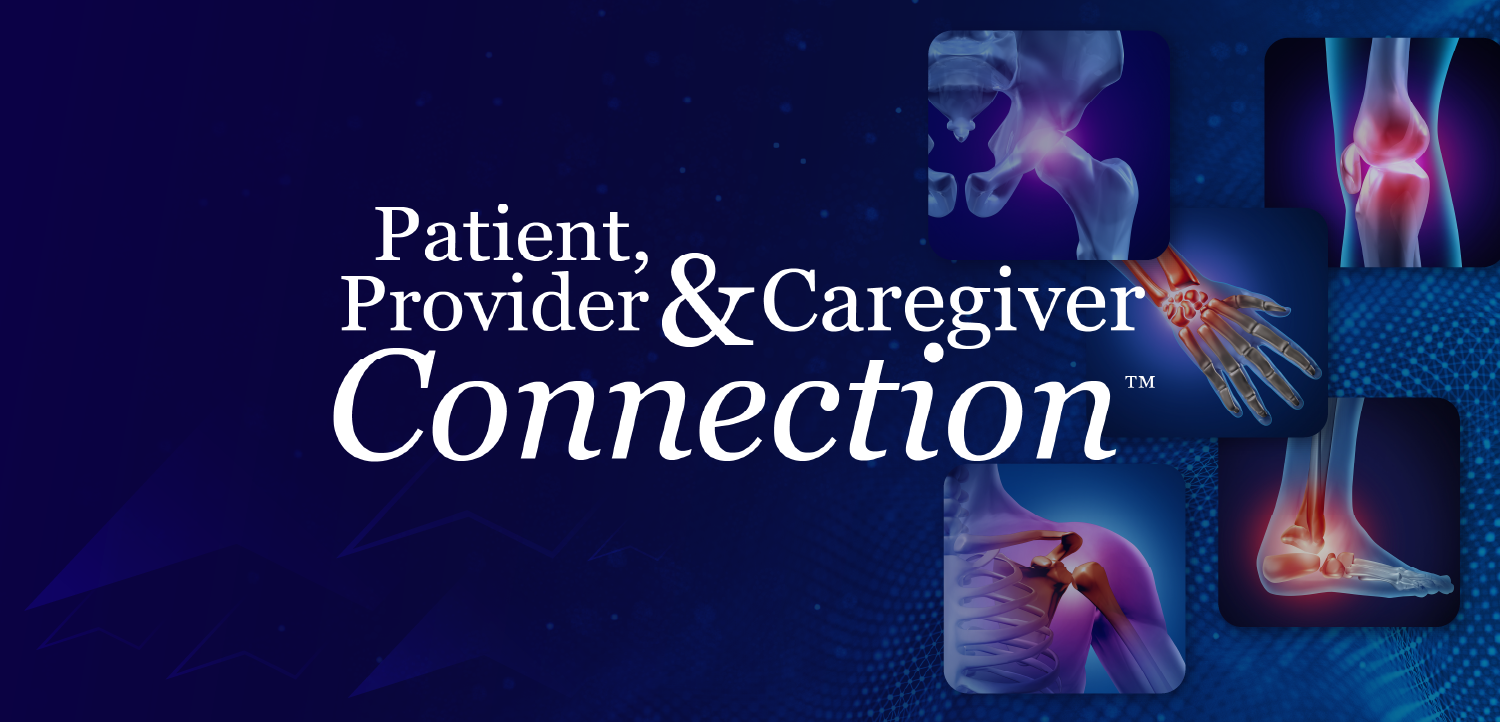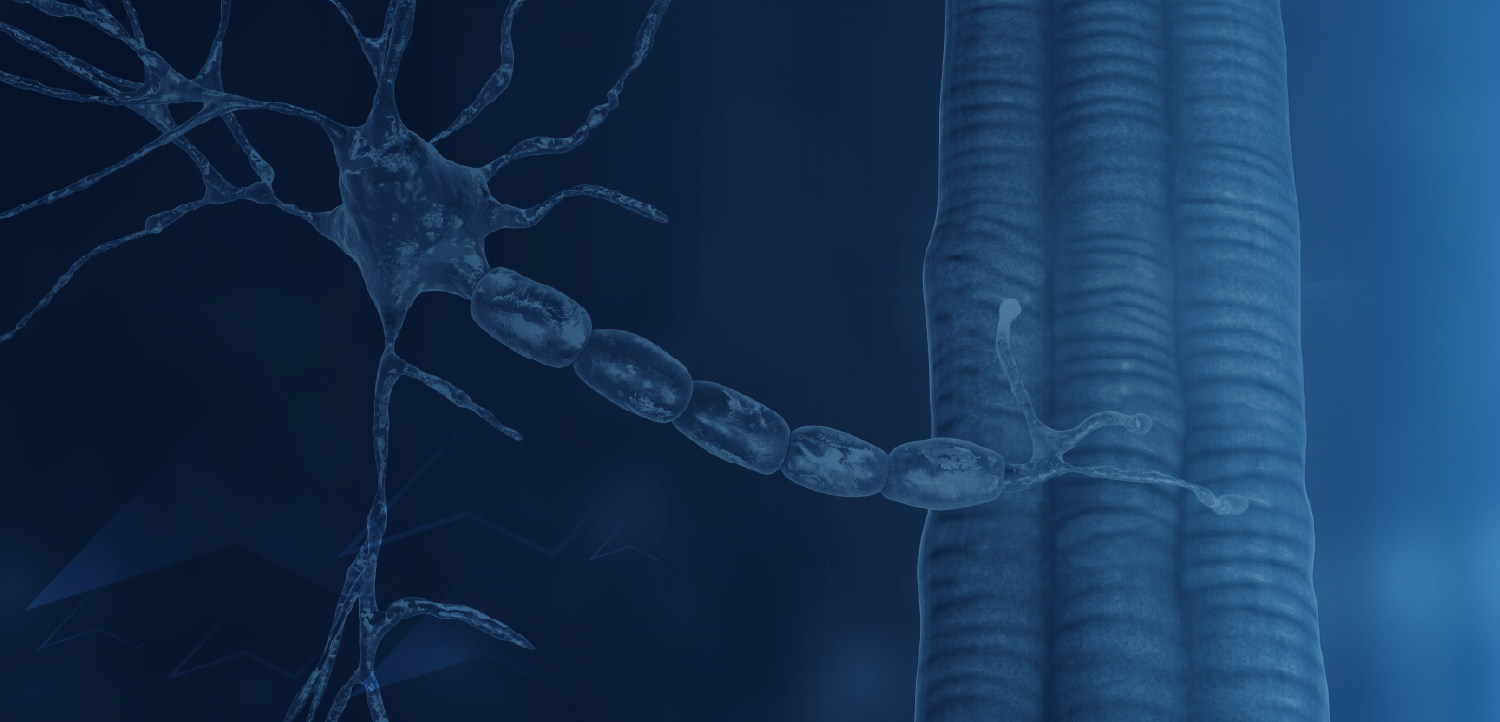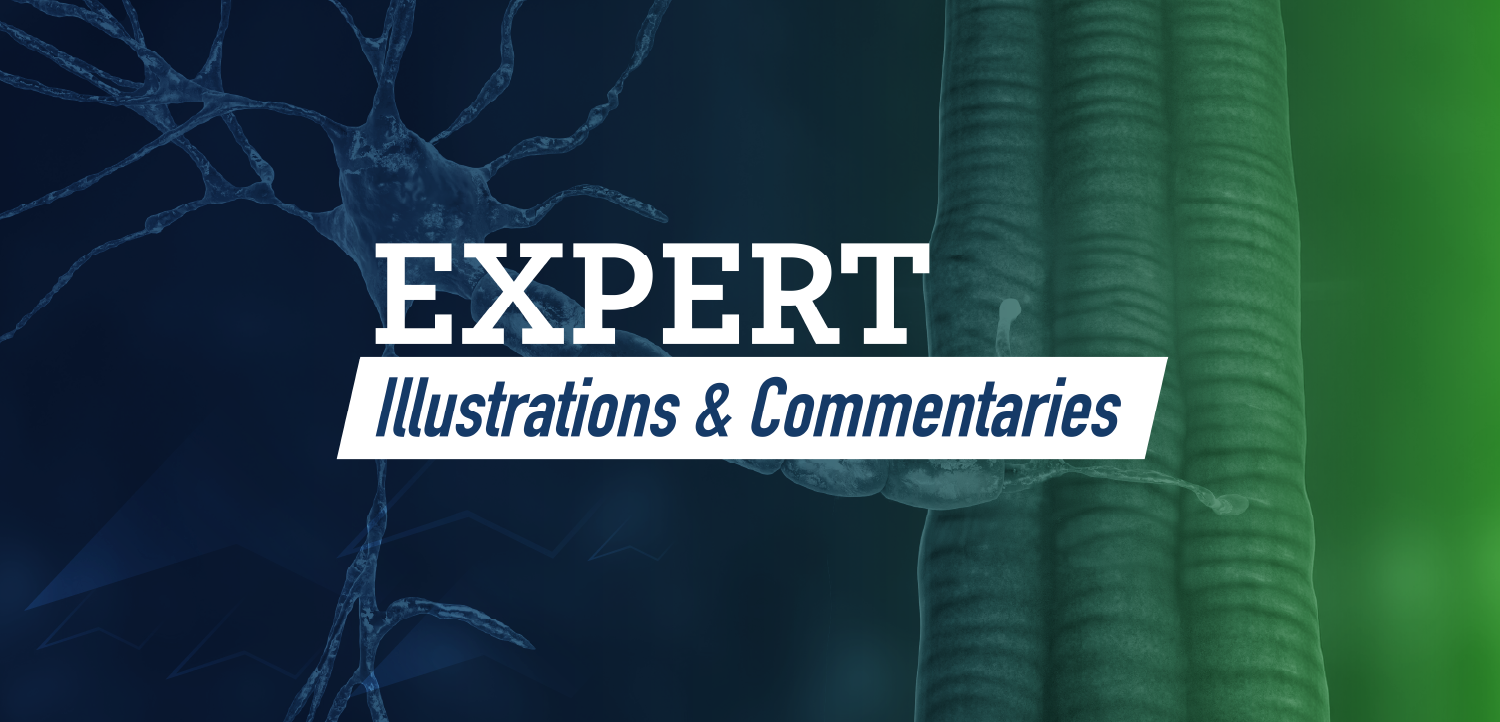
High Utilization of Potentially Inappropriate Medications in Alzheimer and Insomnia Populations Leads to Increased Healthcare Burden
Key Takeaways
- Misuse of PIMs in elderly insomnia patients, especially with AD, leads to increased healthcare utilization and costs.
- Over one-third of the AD insomnia subpopulation misused oral sedative-hypnotic and atypical antipsychotics.
Total healthcare costs were 14% higher for patients with potentially inappropriate medication use in the Alzheimer-insomnia cohort, with significant contributions from inpatient care, ambulatory care, and pharmacy costs.
A recently published claims study identified an alarming rate of potentially inappropriate medication (PIM) misuse among patients with incident insomnia (EI) and those with EI and Alzheimer disease (AD), with more than one-third of those in the AD insomnia subpopulation (ADI) misusing oral sedative-hypnotic and atypical antipsychotics (OSHAA). This led to increased healthcare resource utilization (HCRU) and costs, further stressing the importance of appropriate treatment strategies for insomnia in an elder population, especially those with concurrent AD.
Published earlier this year in Sleep, the cohort included patients aged at least 65 with EI (n = 152,969) and those with both EI and AD (n = 4888) to determine the utilization of PIM. Led by Farid Chekani, associate director at Merck, inappropriate OSHAA utilization was defined as per the American Geriatrics Society (AGS) Beers criteria. All told, around 20% of the EI cohort and around 35% of the ADI cohort were prescribed PIM-OSHAA medications.
"Based on Beers criteria, some OSHAA medications (such as dual orexin receptor antagonists [DORAs]) were not deemed inappropriate in elderly, however those medications were observed to be underutilized," Chekani et al wrote. "Concerted efforts are needed to increase the utilization of appropriate medications for insomnia treatment in elderly considering Beers list."
In terms of prescribing methods, z-drugs were the most commonly prescribed in the EI cohort (13.39%), followed by atypical antipsychotics (AAPs; 4.29%), and benzodiazepines (2.94%). Fewer patients received melatonin (0.33%) or DORAs (0.40%). In the ADI cohort, 29.97% were prescribed AAPs, 4.40% z-drugs, and 2.86% benzodiazepines. DORAs and melatonin, accounting for just 0.37% and 0.65% of patients, respectively, were used sparingly.
READ MORE:
In the ADI cohort, patients with PIM-OSHAA use had higher healthcare utilization and costs compared to those without. They experienced 20% longer inpatient stays (incidence rate ratio [IRR], 1.20; 95% CI, 1.10-1.30) and 17% more medical claims (IRR, 1.17; 95% CI, 1.10-1.25). Total healthcare costs (medical + pharmacy) were 14% higher (IRR, 1.14; 95% CI, 1.06-1.22).
Within this group, those with PIM-OSHAA use had more frequent pharmacy visits (39.32 vs. 33.27), ambulatory care visits (23 vs. 21.22), and other medical claims (16.52 vs. 14.28). Healthcare costs were also significantly higher, with inpatient costs averaging $18,442.68 vs. $13,974.25, and ambulatory care costs averaging $6,000.75 vs. $6,747.35. Total annual healthcare costs were $40,504.41 vs. $35,881.25 for those with and without PIM-OSHAA use, respectively.
Among those with EI, those with PIM-OSHAA use had 18% longer inpatient stays (IRR, 1.18; 95% CI, 1.15-1.21) and 27% more pharmacy visits (IRR, 1.27; 95% CI, 1.27-1.28). Total healthcare costs were 13% higher (IRR, 1.13; 95% CI, 1.11-1.15), with 18% more pharmacy costs (IRR, 1.18; 95% CI, 1.16-1.21) and 10% more physician costs (IRR, 1.10; 95% CI, 1.07-1.13).
This group also had higher adjusted annual visits, including 31.21 pharmacy visits vs. 23.68, and 18.55 ambulatory care visits vs. 16.85. Total healthcare costs were $36,676.08 vs. $31,346.54 for those with and without PIM-OSHAA use. Key cost contributors included ambulatory care ($11,297.87 vs. $10,165.29), inpatient costs ($11,067.43 vs. $9,133.95), and pharmacy costs ($6,027.84 vs. $5,131.03).
REFERENCE
1. Chekani F, Mirchandani K, Zaki S, Goswami S, Sharma M. Utilization of Potentially Inappropriate Sedative-Hypnotic and Atypical Antipsychotic Medications among Elderly Individuals with Insomnia and Alzheimer’s Disease. Sleep. Published online January 25, 2025. doi:10.1093/sleep/zsaf003
Newsletter
Keep your finger on the pulse of neurology—subscribe to NeurologyLive for expert interviews, new data, and breakthrough treatment updates.

